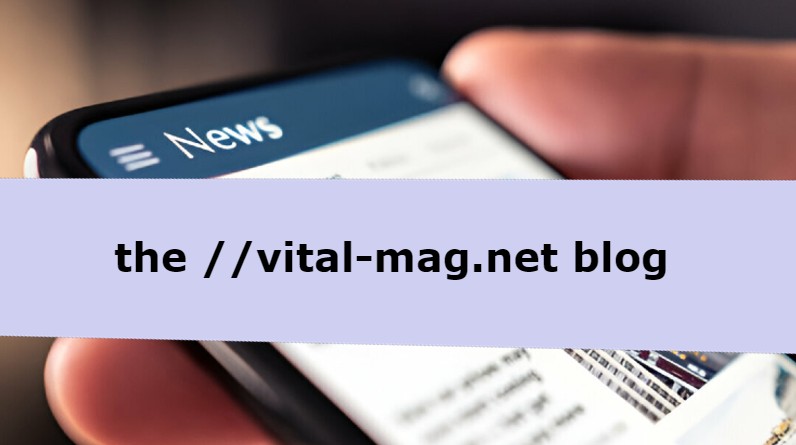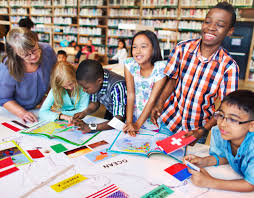Creating truly inclusive learning environments represents one of the most significant challenges and opportunities in contemporary education. As student populations grow increasingly diverse across dimensions of race, ethnicity, language, socioeconomic status, gender identity, sexual orientation, religion, and ability, teachers must develop sophisticated approaches to ensure equitable opportunities for all learners. This commitment to inclusive education extends beyond simple accommodation to embrace diversity as a valuable resource that enriches the educational experience for everyone.
Culturally responsive teaching has emerged as a critical framework for addressing student diversity. This approach recognizes that learning is culturally mediated and that teaching practices must connect to students’ lived experiences and cultural knowledge. Effective culturally responsive educators continuously examine their own cultural positions and biases while learning about their students’ cultural backgrounds, incorporating diverse perspectives into curriculum, and creating classroom environments where all students feel valued and represented.
Language Diversity
Language diversity presents both challenges and opportunities in educational settings. English language learners benefit from specialized instructional approaches that support both content mastery and language acquisition simultaneously. Rather than viewing linguistic diversity as a deficit to be remediated, progressive educators recognize the cognitive advantages of multilingualism and incorporate strategies that allow students to leverage their full linguistic repertoires as resources for learning.
Socioeconomic diversity often remains invisible but profoundly impacts educational experiences. Students from low-income backgrounds may face food insecurity, housing instability, limited access to healthcare, and fewer enrichment opportunities outside school. Educators addressing socioeconomic diversity implement trauma-informed practices, connect families with community resources, and ensure that classroom activities and expectations don’t inadvertently privilege those with greater financial resources.
Neurodiversity encompasses variations in neurological development, including conditions like autism spectrum disorder, ADHD, dyslexia, and intellectual disabilities. Inclusive approaches to neurodiversity reject deficit-based models in favor of understanding different neurological profiles as natural human variation with unique strengths and challenges. Universal Design for Learning provides a framework for creating flexible learning environments that accommodate neurodiversity through multiple means of engagement, representation, and expression.
Diversity
Gender diversity requires thoughtful consideration in educational settings. Beyond addressing historical gender disparities in areas like STEM participation, educators increasingly recognize and support students with non-binary gender identities. Inclusive practices include using gender-neutral language, avoiding gender-segregated activities without clear purpose, featuring diverse role models, and creating safe spaces for all students to express their authentic selves.
Religious diversity presents particular challenges in public education systems that must maintain secular instruction while respecting students’ religious identities. Inclusive approaches include acknowledging major religious holidays, accommodating religious observances, teaching about world religions as cultural and historical phenomena, and ensuring that classroom discussions respect diverse belief systems without privileging or marginalizing any particular tradition.
Ability diversity encompasses physical, cognitive, sensory, and emotional differences that affect how students engage with educational environments. Truly inclusive settings move beyond minimum legal requirements for accommodation to embrace accessibility as a fundamental design principle. Educators in these environments collaborate with specialists, implement individualized supports, and create classroom cultures where difference is normalized rather than stigmatized.
Intersectionality recognizes that students hold multiple identities simultaneously, with various aspects of diversity interacting in complex ways. A student might be simultaneously an English language learner, from a low-income background, and living with a disability—each aspect influencing the others. Inclusive educators avoid one-dimensional approaches to diversity, instead considering how different aspects of identity create unique experiences requiring nuanced support strategies.
Curriculum representation reflects fundamental decisions about whose stories, contributions, and perspectives are centered in educational content. Inclusive curriculum development involves critical examination of traditional materials, thoughtful incorporation of diverse voices, and careful attention to how different groups are portrayed. This approach doesn’t merely add token diverse examples but fundamentally reconsiders what knowledge is valued and how it is presented.
Pedagogical inclusivity addresses how teaching methods themselves may advantage certain students while creating barriers for others. Traditional approaches that privilege linguistic and logical-mathematical intelligence, for example, may disadvantage students with strengths in other areas. Inclusive pedagogies incorporate multiple modalities, provide various participation structures, and offer different pathways to demonstrate learning—recognizing that educational equity requires diversity in teaching approaches.
Assessment equity examines how evaluation practices may contain inherent biases or fail to capture the knowledge and skills of diverse learners. Inclusive assessment incorporates multiple measures, provides accommodations without lowering standards, considers linguistic and cultural factors in interpretation, and avoids high-stakes decisions based on single assessments. This approach recognizes that true meritocracy requires fair opportunities to demonstrate learning in various ways.
The physical environment itself communicates powerful messages about who belongs in educational spaces. Inclusive design considers accessibility for various physical abilities, creates flexible learning spaces that accommodate different learning preferences, and incorporates visual representations of diverse identities throughout the school. These environmental factors contribute significantly to students’ sense of belonging and psychological safety.
Conclusion
The journey toward truly inclusive education represents not a fixed destination but an ongoing process of learning, reflection, and adaptation. As our understanding of human diversity continues to evolve, so too must our educational approaches. The most effective inclusive educators combine clear ethical commitment to equity with humble recognition that creating learning environments that serve all students requires continuous growth and adaptation. Through this ongoing commitment, we move closer to educational systems that truly fulfill their democratic promise of opportunity for all.
For the latest updates and information, keep checking SimpCity.








